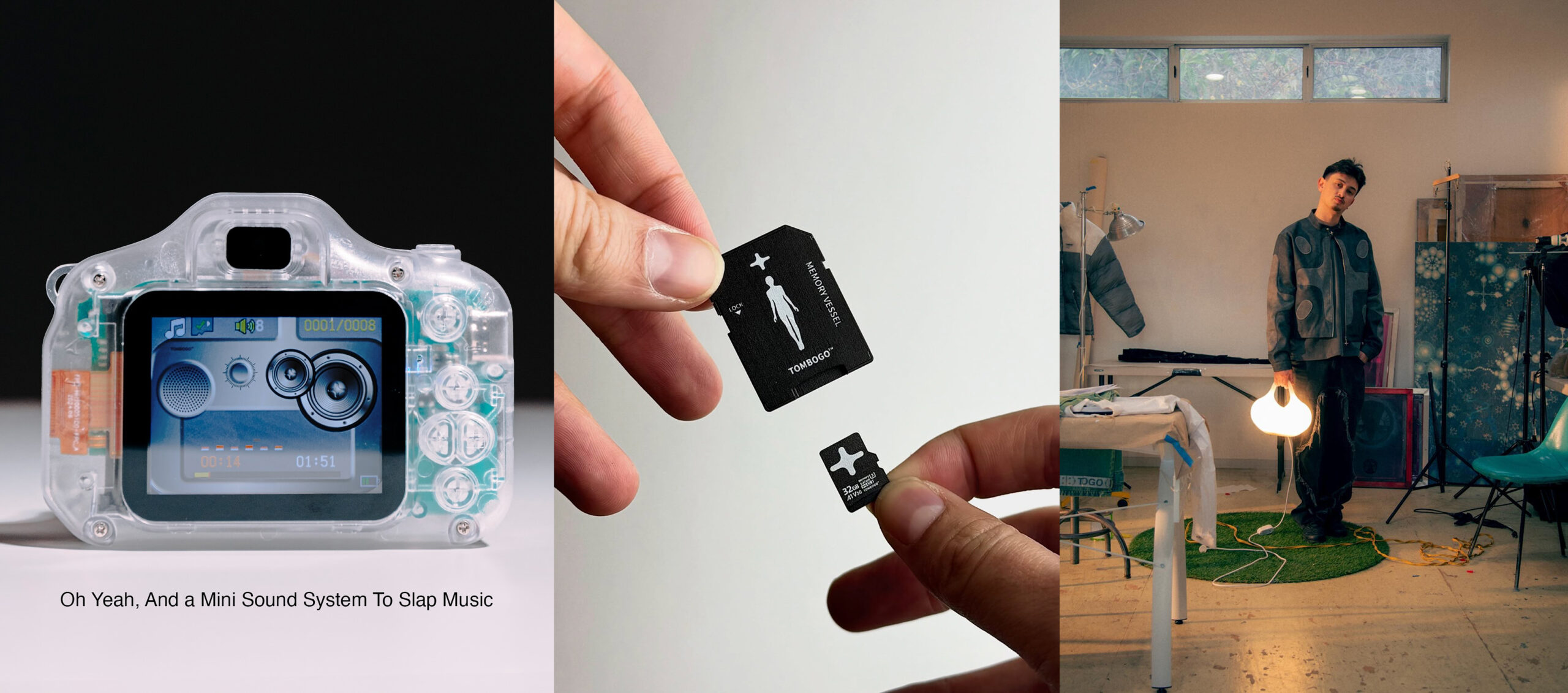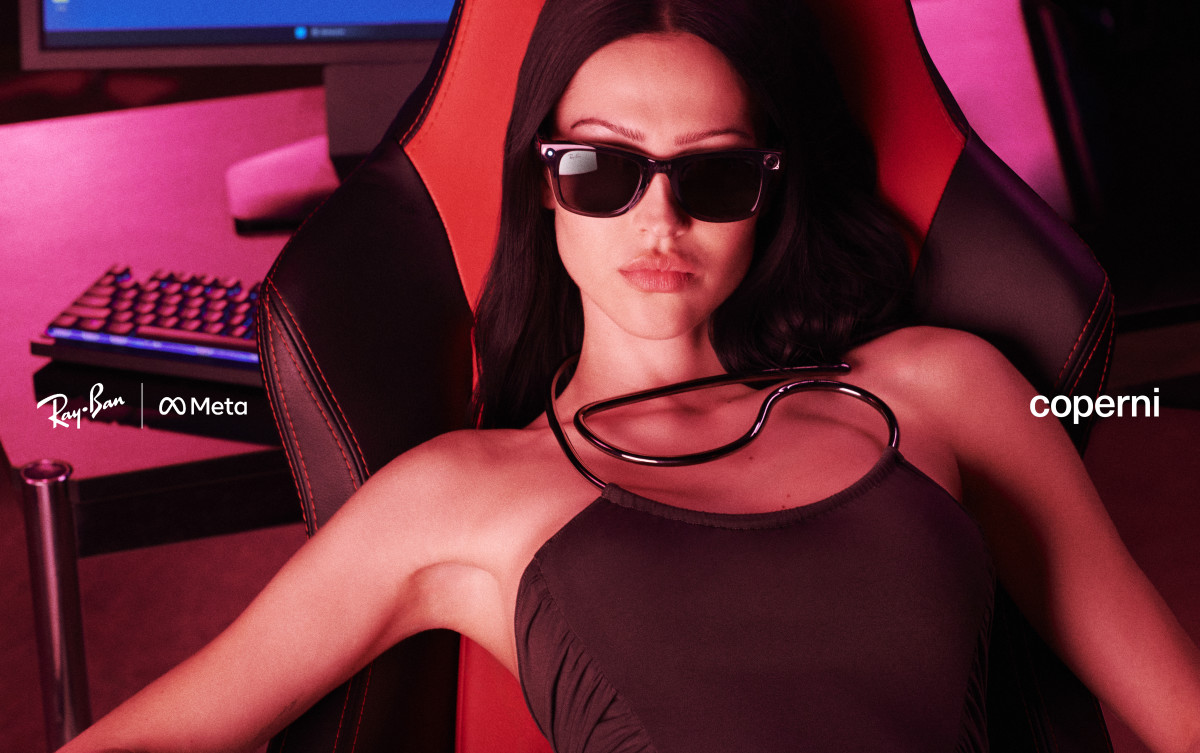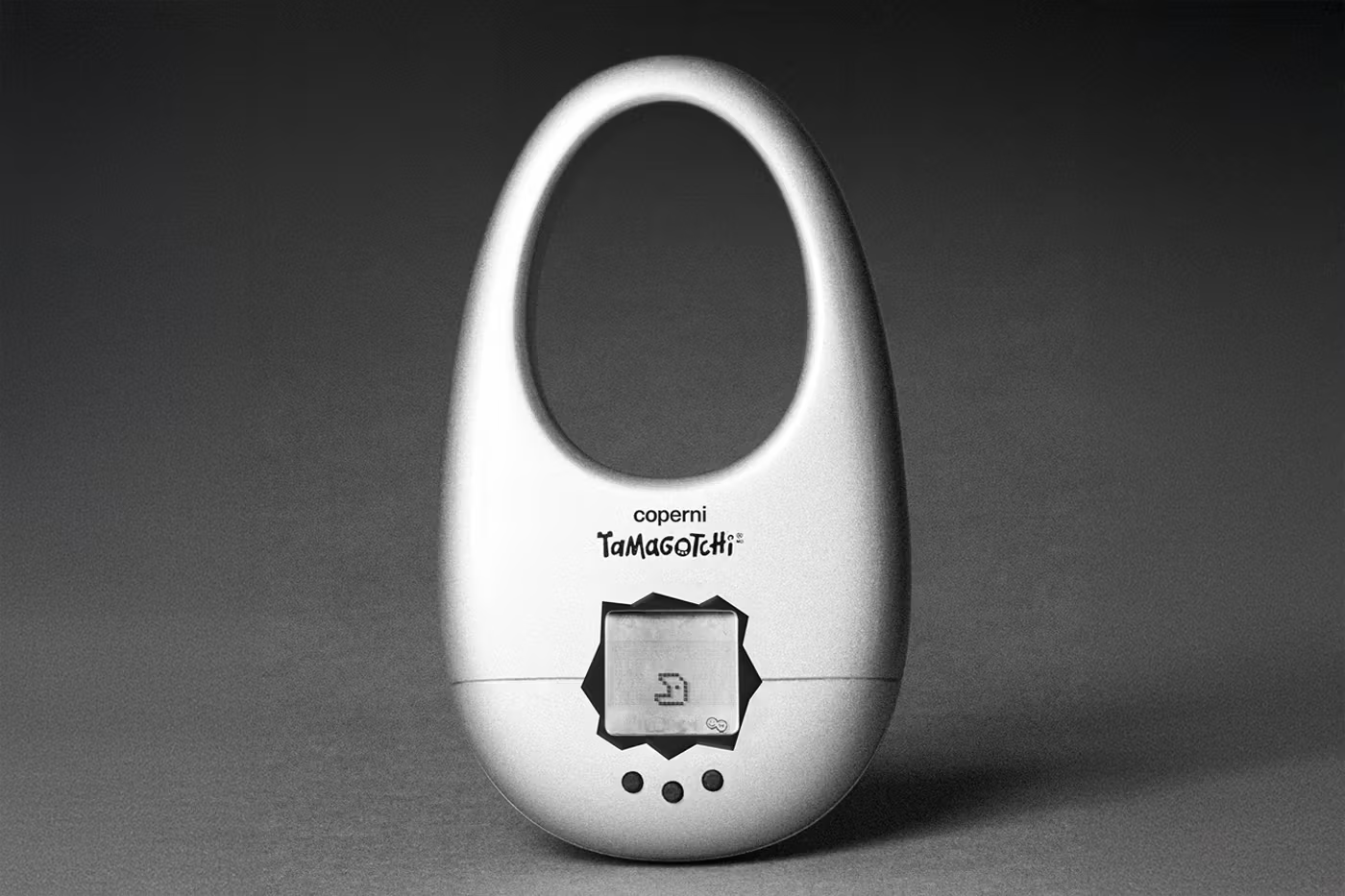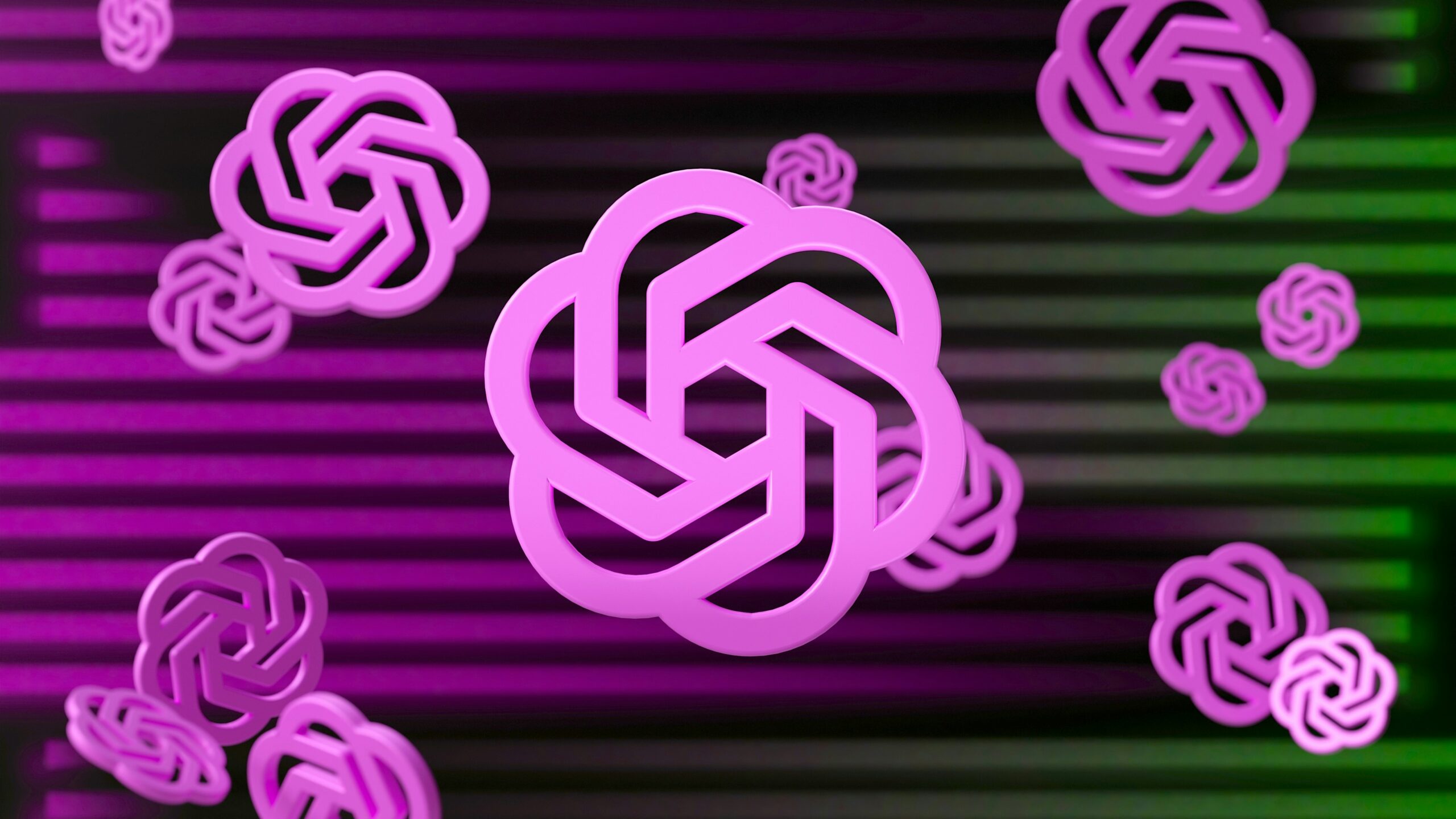Every yoga pose, basic or advanced, requires proper posture balance. And without an experienced, watchful eye of a yoga instructor, it can be hard to achieve that balance. Lululemon, a Vancouver-based athletic apparel retailer, has launched a simple solution for that with a Take Form yoga mat. Lululemon’s new yoga mat guides yogis about proper pose alignment reducing the hassle of making mental calculations.
With guided alignment, yogis can focus on their practice rather than worrying about the placement of hands and feet.

The company, in its research, discovered that visual cues are a big part of yoga practice. Most Yogis need to watch others or themselves in the mirror to achieve proper pose alignment. This can be distracting. One of Lululemon’s senior designers, Stephen Morris, wanted to eliminate that distraction by helping yogis find cues on the mat rather than in their surroundings. According to Morris, there is a possibility that yogis could develop muscle memory and, over-time, have less reliance on visual cues.
The new Lululemon yoga mat has a 3D ripple pattern surface where each ripple is designed to guide yogis about the correct posture for common yoga poses.
Morris calls the central circle the Reference point. “The ripples will touch your hands in certain ways when you’re in different poses that over time will become cues that you’re symmetrical, that you’re in the right pose.”
Lululemon yoga mat design team reportedly spent over two years researching and experimenting with top yoga instructors in the industry.
“We discovered that what people wanted was to feel grounded in their practice. When we dug into what this meant, it came down to not being distracted, so they could better focus on their practice.” Chantelle Murnaghan, the company’s director of white space, in-house innovation, and R&D explained the aim behind the mat.
The design and development of the Take Form mat
The Take Form mat is the product of Lululemon’s broader design philosophy known as “the science of feel” which centers around the feel of being active rather than the action.
Lululemon’s design team collaborated with the Canadian Institute of Sports in Calgary for research and development.
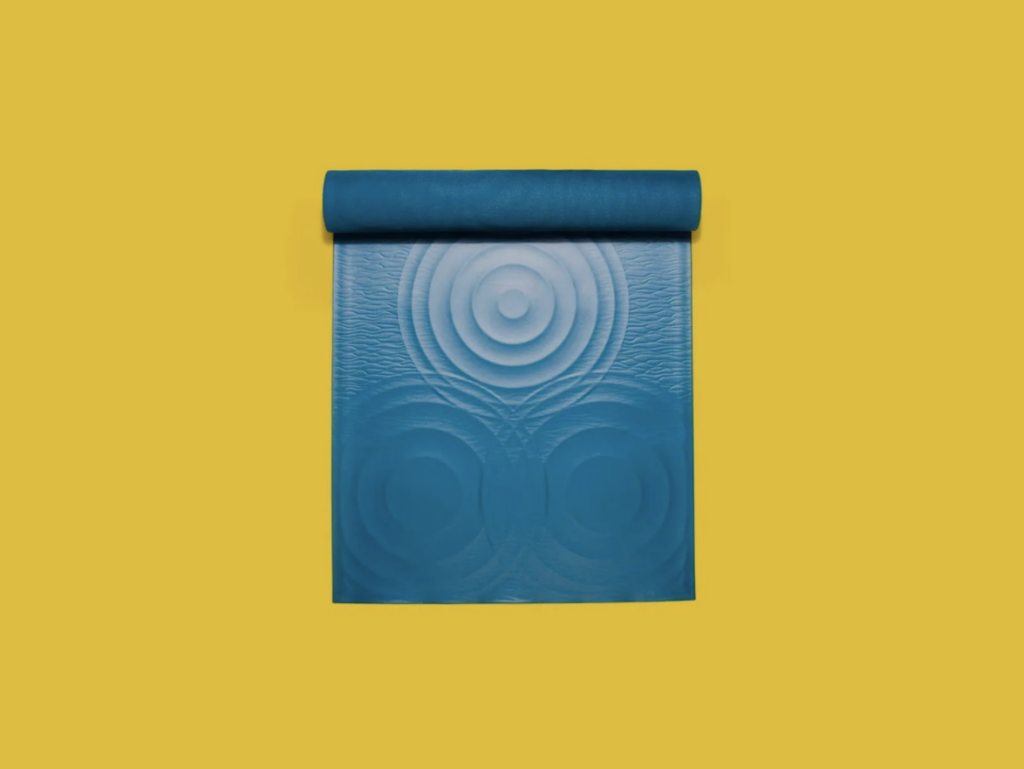
They used several techniques to position the ripples across the Lululemon yoga mat mat. One technique involved studying old yoga mats to see the indentations.
They asked yoga practitioners to name the most challenging postures (side angle, warrior II and III, and the downward dog) before designing the mat to make sure it fits the needs of the practitioners.
The design team positioned ripples across the mat so they could be used for several basic yoga poses. “The ripples are meant to be gestural, not prescriptive,” Morris explained. “And importantly, you can feel out where the ripples are, so you don’t need to search for them.” He further added.
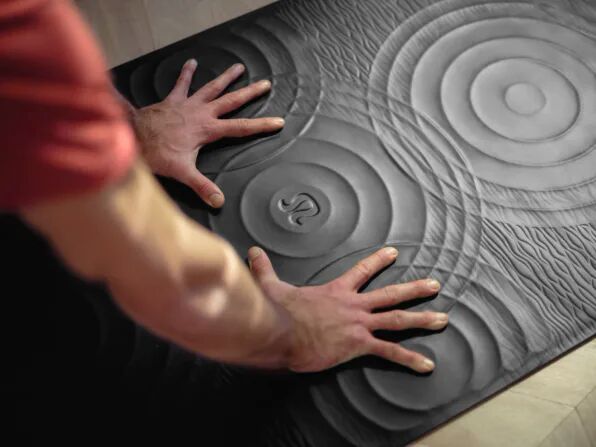
Lululemon’s previous yoga mats used a surface layer of polyurethane and embossing. With this new mat, the conventional way could not work.
The design team couldn’t use the usual embossing as the rubber base wouldn’t retain the form of the dye and the porous polyurethane surface would melt during the process.
So the team came up with a foam concoction that hardens and retains shape. This foam goes between the polyurethane surface and the rubber runner. Morris has compared this process to baking a cake.
According to the company, yogis should use the mat as they would with any regular yoga mat and not overthink the ripples. Over time they will naturally feel comfortable in certain spots where the alignment is accurate.
How does it compare with other yoga mats?
Most yoga alignment mats have visual indicators. Lululemon’s new yoga mat has raised ripples that feel like bumps so yogis can feel them during the practice. The company calls it “the 3D zoned cushioning”.
This mat costs between $118 and $128. The price depends on the mat version you choose to buy. Yogis can practice a number of poses using the mat.
According to Morris, “A person’s yoga practice is so personal. This mat is designed to support a wide range of experiences.”
If the mat can help develop muscle memory that eliminates the need for visual cues, this may start a new age of yoga practice for budget-conscious yogis.
Are you looking to track your yoga fitness? Learn how Xiaomi’s Mi Band 6 can help you track your fitness progress here.

